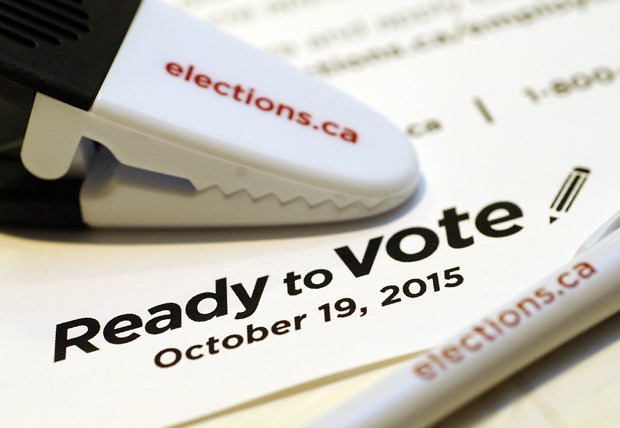A recent poll conducted in the three North Shore ridings shows the Liberal candidates leading in two and the NDP leading in one.
But support among Conservative voters is also increasing and a large undecided vote remains a wildcard factor.
The polling company Insights West conducted the recent poll for the Dogwood Initiative – a B.C. environmental organization – in seven federal ridings, including three on the North Shore, between Sept. 9 and 13.
Pollsters asked 300 adults in each local riding which candidate they would support if the election were held tomorrow. Those results are considered accurate with plus or minus 5.6 percentage points, 19 times out of 20.
Results show the Liberals are maintaining their leads in both West Vancouver-Sunshine Coast-Sea to Sky Country and North Vancouver ridings, while the NDP is out in front in Burnaby North-Seymour. But Conservatives are holding steady in two ridings and making gains in a third. There’s still a lot of volatility among the electorate, said Mario Canseco, vice-president of public affairs for Insights West, which could serve to narrow the races in the weeks ahead.
In North Vancouver, the story the polls tell is “the Liberals made a surge” since July, said Canseco. Liberal candidate Jonathan Wilkinson made the big gains since a similar poll was conducted in July, jumping from 25 to 33 per cent. Conservative candidate, incumbent Andrew Saxton is in second place, according to the poll, with a support holding steady – moving from 24 to 25 per cent. Support for NDP candidate Carleen Thomas has slipped, from 19 per cent in July to 11 per cent. Support for the Greens remains relatively unchanged, at 10 per cent.
In West Vancouver, name recognition of Liberal candidate and former mayor Pamela Goldsmith-Jones likely helped her party take a narrow lead, moving from 23 to 28 per cent. Some of that lead may have come at the expense of NDP candidate Larry Koopman, as some voters opt for a “strategic voting” choice.
The NDP’s results dropped slightly from 19 to 18 between the July and September polls. Conservative candidate and incumbent John Weston is holding second place in the riding, and has also made gains in support, from 22 to 25 percent. Green candidate Ken Melamed remains in fourth place at nine per cent.
In Burnaby North-Seymour, “The numbers have changed quite drastically” since July, said Canseco.
The story the poll tells in that riding is the narrowing of the race between the NDP and Conservatives, he said. While NDP candidate Carol Baird Ellan is still leading in that riding with 28 per cent, that support has dropped since July, when a similar poll put it at 35 per cent. Conservative candidate Mike Little, meanwhile, has significantly closed the gap, moving into second place with 25 per cent, up from a previous 15 per cent.
Liberal support has also increased, putting candidate Terry Beech in third place with 16 per cent – up from six per cent in July. Polls indicate Green candidate Lynne Quarmby has dropped from second to fourth place, going from 19 per cent in July to seven per cent in September.
One factor that’s still likely to have a big impact come election day are the undecided voters, which range from 20 to 24 per cent in the three North Shore ridings, according to the Insights West poll.
Canseco said that’s not unusual in a riding-level poll asking about specific candidates, which produce more undecided voters than national polls which only ask about party support.
Riding level polls also rely on smaller sample sizes than national polls. While roughly 300 people were polled in each local riding for the Insights West poll, national polls normally rely on a sample size of 1,000.
But national polls can also miss key influences in local ridings. Some national pollsters, like Eric Grenier’s threehundredeight.com aggregate a number of national polls results and then attempt to weight them based on local factors.
Canseco said regardless of the size, pollsters have to make sure they get a sample that’s representative of the demographics in the riding – by asking the right questions.
How the poll is conducted can also influence the result, said pollster Greg Lyle of Innovative Research. Most national polls are either conducted online or by “robocalling” voters. Live telephone polls – which is how Insights West conducted the riding level polls – are considered more accurate, but are also more expensive.
A final key factor is when the poll was done. “Early polls are not necessarily predictive of the end,” said Lyle, noting that in some elections, support for parties can swing by 20 points in the final weeks.



